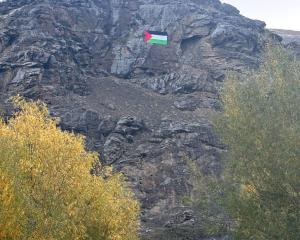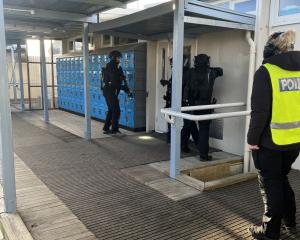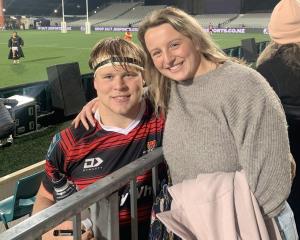Surfers have been asked to take extra care when using the man-made waves at the Hawea Water Park, following a recent incident in which a man nearly drowned.
Central Otago White Water Club chairman Gordon Rayner said it was the second time a surfer had been rescued by kayakers at the park after getting a leg rope trapped around the column of a nearby downstream bridge.
Surfers needed to be aware rivers were "not the sea'' and had a continuous current and hazards many surfers were not used to.
"Local surfers are great, but surfers visiting from outside the area often take risks without understanding the hazards facing surfers at the park,'' he said.
"There have been thousands of surf rides there and only two serious incidents that I'm aware of. However, the incidents were close calls and if kayakers with good knowledge and safety equipment hadn't been on hand the trapped surfers could have drowned,'' he said.
"Kayakers know how to manage these hazards while kayaking. They are trained to manage hazards in rivers and to look after each other on the river.
"Surfboards with leashes attached to a surfer's ankle and a bridge pylon in the main river current are a hazardous mix that kayakers are not trained to solve.''
When surfing on the man-made waves, board riders should always wear wetsuits and helmets, particularly body boarders who should also wear life jackets, he said.
Surfers needed to keep well clear of the Camphill Rd bridge pylon when swimming to the bank after being washed off the lower wave at the park.
Surfers also needed to consider how they could remove leg ropes in an emergency.
"With the water pressure in a river you can't reach down and undo a velcro strap attached to a leg leash,'' he said.
Some surfers put the leg rope around their arm.
"In some US states we understand river surfers are required to use [a strap] attached from the board to waist belts,'' he said.
"We don't want the local kayak club to be responsible for the safety of surfers.''
There were signs warning of the hazards and ongoing discussions were taking place with local surfers, local kayaker representatives and the Queenstown Lakes District Council harbour master regarding solutions for this safety issue, he said.
STEVE.ADDISON @thenews.co.nz











